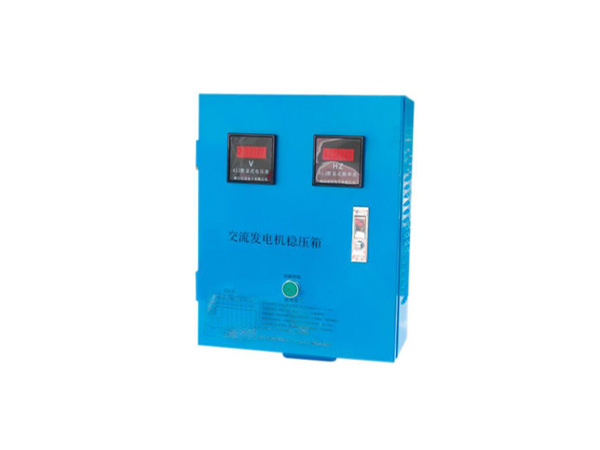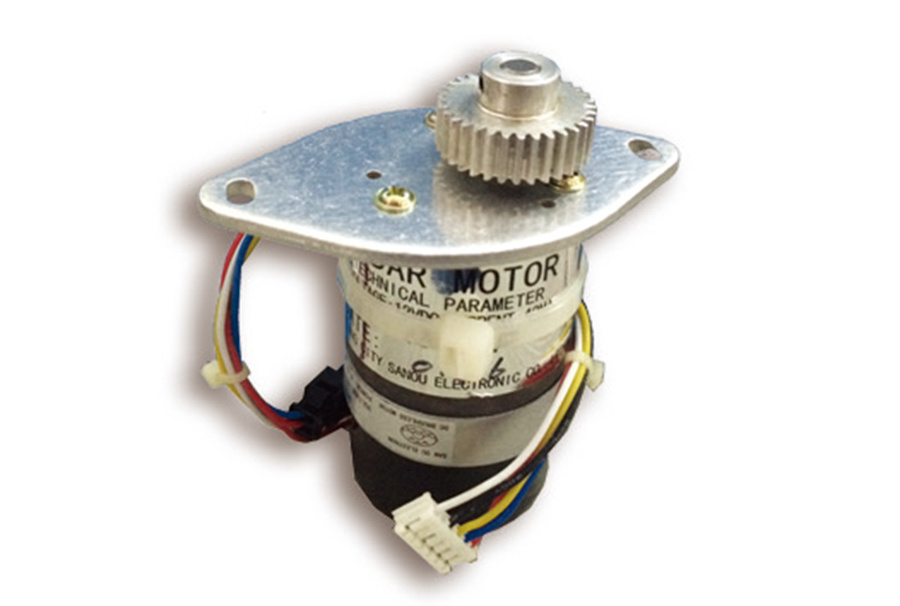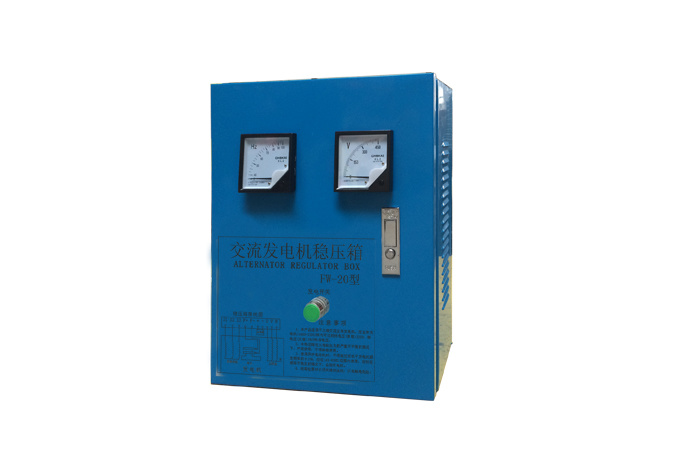News Center
Unlock Precision: The Advantages of U-shaped Follow-up Steering Wheels in Industrial Applications
Unlock Precision: The Advantages of U-shaped Follow-up Steering Wheels in Industrial Applications
Introduction to U-shaped Follow-up Steering Wheels
In the realm of industrial equipment and components, precision and control are paramount. One design innovation that has gained traction for its ability to enhance these elements is the **U-shaped follow-up steering wheel**. This article examines the myriad advantages of these steering wheels and how they contribute to improved efficiency in various industrial applications.
Understanding U-shaped Follow-up Steering Wheels
U-shaped follow-up steering wheels are uniquely designed to provide operators with a more ergonomic and effective way to control machinery. Unlike traditional steering wheels, which can sometimes be cumbersome, U-shaped designs allow for easier handling and greater responsiveness. This section will explore the structural characteristics that make U-shaped wheels preferable in many industrial scenarios.
Design Features of U-shaped Steering Wheels
The **U-shaped steering wheel** boasts several design features that set it apart from conventional alternatives:
- **Ergonomic Shape**: The U-shape allows for a more natural hand position, reducing fatigue during prolonged use.
- **Enhanced Grip**: Many U-shaped steering wheels come equipped with textured surfaces or ergonomic grips that improve handling and control.
- **Compact Design**: This feature enables easier integration into various machinery without compromising control.
- **Lightweight Materials**: Typically made from advanced composites, these wheels offer durability without adding unnecessary weight.
The Role of Follow-up Mechanisms
The follow-up mechanism in U-shaped wheels allows for real-time feedback on the wheel’s position, enhancing the operator's control over the equipment. This system is particularly beneficial in applications requiring precise movements, such as in **automated guided vehicles (AGVs)** or CNC machines.
Applications of U-shaped Follow-up Steering Wheels in Industry
The versatility of U-shaped follow-up steering wheels extends across various industrial sectors. Below, we explore some key applications where these wheels excel.
1. Heavy Machinery Operation
In construction and mining, operators rely on heavy machinery to perform critical tasks. The enhanced maneuverability and control offered by U-shaped steering wheels enable precise handling of equipment like **excavators** and **bulldozers**, minimizing the risk of accidents and improving operational efficiency.
2. Agricultural Equipment
Agriculture has seen significant advancements through the use of U-shaped steering wheels in tractors and other farming machinery. The ergonomic design allows for longer operation periods without discomfort, while the precision control aids in tasks such as planting and harvesting.
3. Robotics and Automated Systems
In the realm of robotics, particularly in warehouses and manufacturing plants, U-shaped follow-up steering wheels facilitate the operation of robotic arms and automated guided vehicles. Their responsiveness allows for intricate tasks to be completed with remarkable accuracy.
4. Aerospace Applications
In aerospace manufacturing, where precision is non-negotiable, U-shaped steering wheels play a crucial role in the operation of assembly lines and maintenance equipment. Their design supports the meticulous nature of the work involved in creating aircraft components.
Advantages of U-shaped Follow-up Steering Wheels
The adoption of U-shaped follow-up steering wheels comes with a host of advantages that significantly enhance operational effectiveness.
Enhanced Precision and Control
One of the most notable benefits is the **enhanced precision** these wheels offer. Operators can execute complex maneuvers with a higher degree of accuracy, which is vital in industries where even minor miscalculations can lead to significant consequences.
Improved Operator Comfort and Reduced Fatigue
The ergonomic design of U-shaped steering wheels reduces strain on the hands and wrists. This comfort translates to longer working hours without the usual fatigue associated with traditional steering wheels, ultimately leading to increased productivity.
Increased Safety in Operations
Safety is a critical consideration in industrial environments. U-shaped steering wheels contribute to safer operations by providing better control, which can prevent accidents and injuries caused by mishandling of machinery.
Compatibility with Modern Technology
With the rise of automation and smart technology, the adaptability of U-shaped follow-up steering wheels to integrate with digital systems allows for enhanced functionality. This compatibility ensures that operators can leverage the full potential of **Industry 4.0** advancements.
Challenges and Considerations
While U-shaped follow-up steering wheels offer numerous benefits, it is essential to consider potential challenges in their implementation.
1. Initial Investment Costs
The upfront costs associated with switching to U-shaped steering wheels can be higher than traditional options. Organizations must weigh these costs against the long-term benefits of improved efficiency and safety.
2. Training Requirements for Operators
Implementing new steering systems may necessitate training for operators. Ensuring that team members are comfortable with the new technology is crucial in maximizing its advantages.
FAQs About U-shaped Follow-up Steering Wheels
1. What are U-shaped follow-up steering wheels?
U-shaped follow-up steering wheels are specialized steering systems designed for enhanced control and precision in industrial applications. Their unique shape and ergonomic design facilitate easier handling.
2. In which industries are U-shaped steering wheels commonly used?
These wheels are widely used in industries such as construction, agriculture, robotics, aerospace, and manufacturing, where precision and operator comfort are essential.
3. How do U-shaped steering wheels enhance safety in industrial operations?
The improved control and precision provided by U-shaped steering wheels reduce the risk of accidents and injuries, making operations safer for workers.
4. Are U-shaped follow-up steering wheels compatible with automated systems?
Yes, these steering wheels are designed to be compatible with modern technology and can integrate with automated systems for enhanced functionality.
5. What should organizations consider before adopting U-shaped steering wheels?
Factors such as initial investment costs, training requirements for staff, and compatibility with existing machinery should be considered before implementing U-shaped steering wheels.
Conclusion
U-shaped follow-up steering wheels represent a significant advancement in the design and functionality of steering systems for industrial applications. With their emphasis on precision, comfort, and safety, these wheels are poised to transform how operators engage with machinery across various sectors. As industries continue to evolve, adopting innovative technologies like U-shaped steering wheels will be crucial for enhancing efficiency and ensuring safe operations. By understanding their advantages and considering the implementation challenges, organizations can make informed decisions that lead to improved productivity and better outcomes in their industrial processes.
Related News
Understanding the Importance of a 12KVA Frequency Stabilizer in Electrical Systems
In the realm of electrical engineering, maintaining a stable frequency is crucial for ensuring that equipment operates efficiently and reliably. A 12KVA frequency stabilizer plays a vital role in managing electrical systems, especially in environments where fluctuations in voltage and frequency can lead to equipment failure or operational inefficiencies. A frequency stabilizer, as the name suggest
Discover the Unmatched Benefits of the Furuno 1832 Radar Motor for Marine Navigation
Explore the Advantages of the Furuno 1832 Radar Motor Table of Contents Introduction to the Furuno 1832 Radar Motor Key Features of the Furuno 1832 Radar Motor Performance Analysis of the Furuno 1832 Safety Benefits of Using the Furuno 1832 User Experience: Ease of Use and Installation Maintenance Tips for the Furuno 1832 Radar Motor Comparing the Furuno 1832 Radar Mot
Understanding the Functionality and Benefits of a 1 in 4 Out Signal Distributor
A 1 in 4 out signal distributor is a crucial component in various electronic systems, particularly in the realm of optoelectronics. Its primary function is to take a single input signal and distribute it evenly across four output channels. This enables the simultaneous transmission of the same signal to multiple devices or locations, which is essential in applications such as audio/video broadcast




